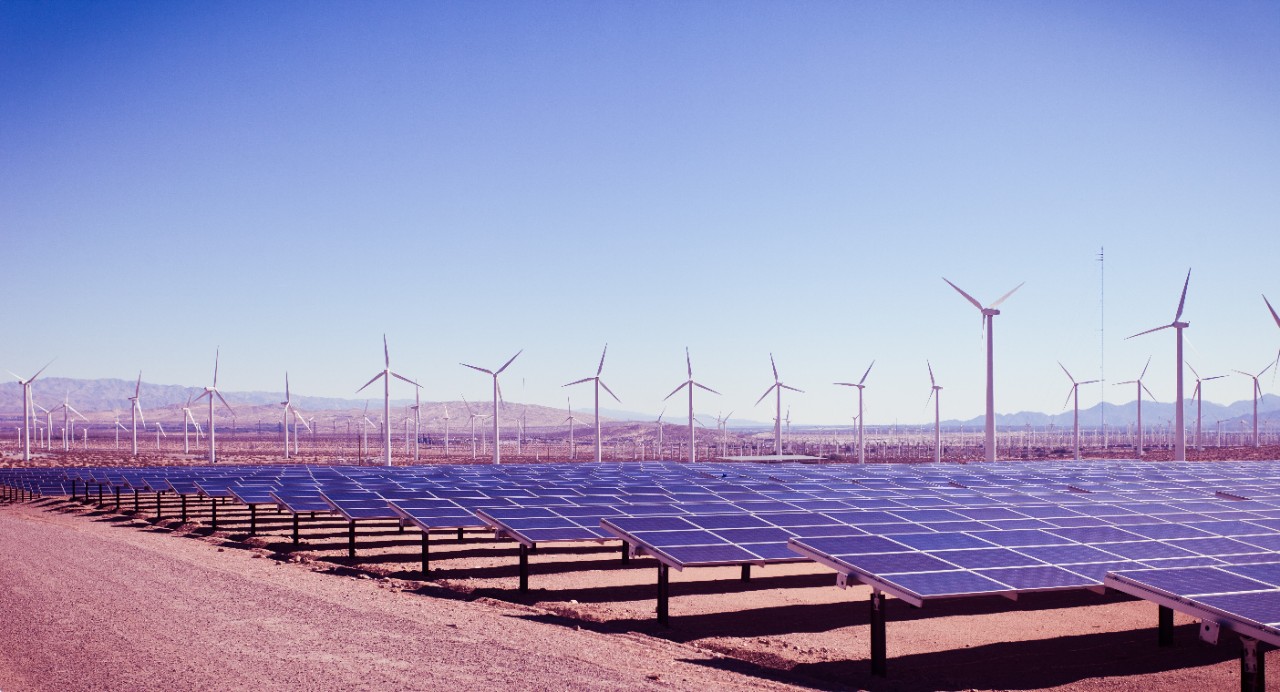Has California gone too far too fast in the green energy journey?
Posted: August 28,2020
During 2000 and 2001, California experienced rolling blackouts that cost billions of dollars. These events, known as the California Energy Crisis, were caused by market manipulations during a time of increasing demand and stretched generation capabilities. In recent years, California has used rolling blackouts as a preventive measure to minimize wildfires during extreme weather conditions. In August 2020, California experienced rolling blackouts for the first time in 19 years due to a supply-demand condition.

What is to blame this time around?
Governor Newsom and green energy advocates want to steer the blame away from the state’s reliance in solar and wind energy. Others do blame California’s aggressive move to renewable energy and away from fossil fuel generation. Both sides could be right, but perhaps not completely right.
It is worthwhile to define the problem first with facts both sides accept.
No one argues that the issue is caused by California’s inability to meet its own peak electricity demand. California relies on imported electricity from neighboring states when its vast amounts of solar and wind energy are not available. The wind stops blowing, and the sun is not shining. This event is a common occurrence, and it is normally managed well. Rolling blackouts occur when California cannot secure on the spot market the required electricity, particularly when the demand is higher than expected, or the supply is lower than expected or both.
What are factors that may have led to the rolling blackouts on August 2020?
We can point to three main structural factors that changed the generation mix in California, away from round-the-clock generation to intermittent generation from renewable sources.
- California has reduced its nuclear power generation capacity.
The 2,200 MW San Onofre nuclear plant was shut down in early 2012 and officially retired in 2013. Also, the 2,200 MW Diablo Canyon facility will close by 2025. This is the last active nuclear generating facility in California.
- Natural gas generation has declined.
California has been retiring their aging gas-fired generation fleet along the coast line. These were units that mainly existed to ensure supply reliability. Initially they were replaced by modern simple cycle or combined cycle gas fired plants at the same sites. Recently, power producers have been “encouraged” by state regulators to consider renewable plus storage instead of gas fired plants. According to the California Energy Commission, the state produced 121,855 gigawatts-hours in 2014. This number declined to 86,136 gigawatts-hours in 2019, a 29% reduction.
- Wind and solar generation has increased.
As California aims to reach 60% green energy by 2030, the California Energy Commission reported an increase on wind plus solar generation from 23,876 gigawatts-hours in 2014 to 42,193 gigawatts-hours in 2019, for a 76% increase in 5 years. Increased renewable energy generation and decreased availability of gas and nuclear power result in more electricity imports.
Some other realities to consider are:
- Power from neighboring states is not always available
It is common for neighboring states to experience periods of high demand at the same time as California. Furthermore, most of these western states are implementing their own clean energy standards, leading to the closure of large coal fired generators. Hence, it is possible to imagine a scenario where generation capacity is simply not available to meet California’s needs.
- California’s Power Utilities are erring on the side of caution
Facing billions of dollars in liabilities from its responsibility in the California wildfires from 2015-18, Pacific Gas and Electric filed for bankruptcy in 2019. It eventually agreed to pay $25 billion to settle claims and emerge from bankruptcy. PG&E and other electric utilities in California seem more inclined to mandate preventive blackouts during extreme fire prone weather conditions, to avoid financial responsibility for fire damages.
- Forced outages could happen at the worst times
The governor has issued an investigation to find out the causes of the August 2020 rolling blackouts. Initial reports indicate that one large gas fired plant tripped and that haze and low wind speeds reduced the expected production from some solar and wind farms.
- Battery Storage and Demand Response are not yet sufficient
The present crunch of electricity supply in California has been a good test bed for innovative solutions such as microgrids, battery storage and demand response. They seem to have performed well, but they offer kilowatt-hours of relief when the system is looking for thousands of megawatt-hours to avoid rollout and insure grid reliability. One study from CAISO estimates that 15,000 MW of energy storage will be needed to eliminate CO2 emissions from electricity generation. California is ramping up the installation of battery storage, but the present installed capacity is not sufficient to effectively mitigate rolling blackouts.
While a complete reversal from the carbon-free energy path is not required, a more wholistic approach that considers supply and demand as well as economic and technological challenges is the sensible approach. A good sign may be the California Public Utility Commission’s early indications that it will allow some gas fired generators to delay their retirement dates to ensure the electric grid reliability.
The evolution of the energy market in California is a good proving ground for a carbon-neutral future. Power utilities and regulators need to strike a balance between existing and aging technologies and the adoption of innovative technologies, while maintaining an affordable, sustainable and reliable supply of electricity to their customers.
AVEVA has a track record of co-innovation with major power and utilities clients worldwide, from Design and Build, through Handover and to Operate and Maintain. If you like to learn about how we are helping power utilities customers navigate their Digital Transformation journey, visit our website.
Related blog posts
Stay in the know: Keep up to date on the latest happenings around the industry.